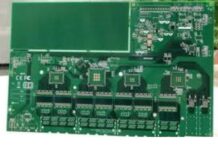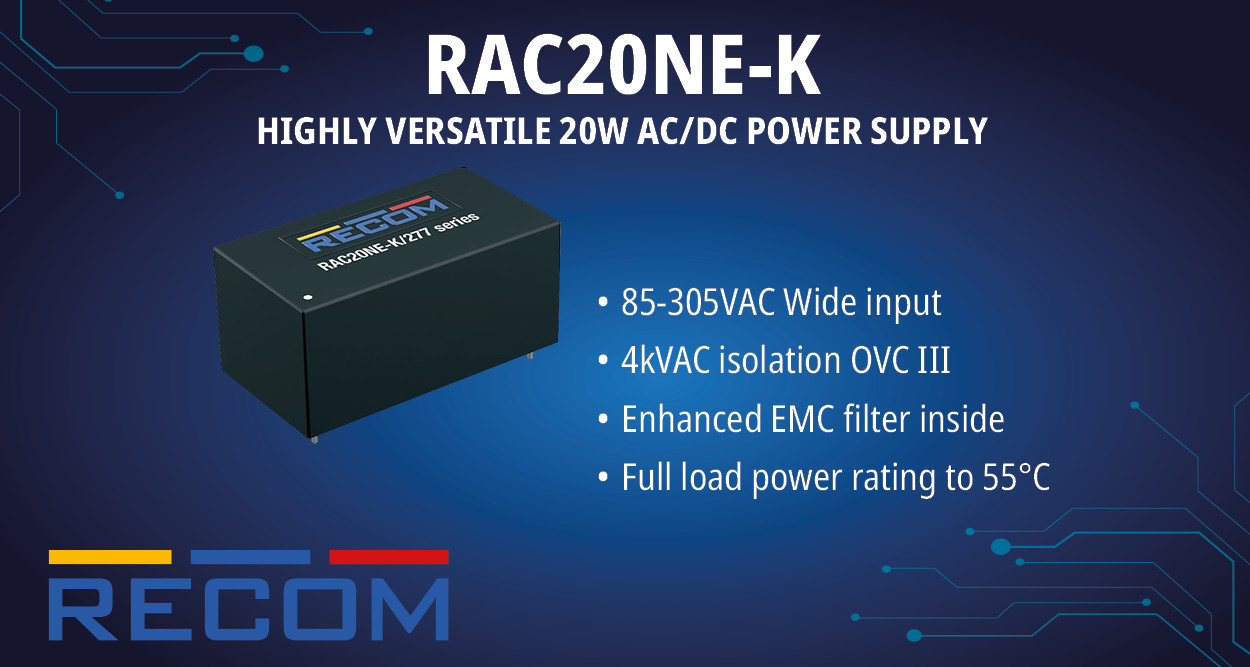According to Cervicorn Consulting, the India semiconductor market is forecasted to reach around USD 115.68 billion by 2034 and is expanding at a CAGR of 20.70% from 2025 to 2034.
A semiconductor is a material with electrical conductivity that falls between that of a conductor and an insulator. Its conductivity can be precisely altered through a process called doping, which involves introducing impurities to enhance performance.
Silicon is the most widely used semiconductor material and serves as the backbone of integrated circuits (ICs) and numerous electronic components. In recent years, the semiconductor industry has witnessed a significant surge, fueled by several key factors—including the rollout of 5G technology, the increasing demand for cryptocurrency mining hardware, and continued government initiatives aimed at digital transformation.
Key Growth Drivers of the India Semiconductor Market
1. Strong Government Support for Domestic Semiconductor Manufacturing
The Government of India is actively working to position the country as a global semiconductor hub. Through the India Semiconductor Mission (ISM), the Ministry of Electronics and Information Technology has committed $10 billion to support semiconductor research, development, and manufacturing. This funding encompasses capital assistance, manufacturing incentives, and the Design Linked Incentive (DLI) Scheme, which is designed to empower fabless startups in developing products for domestic and international markets.
Additionally, programs such as ‘Make in India’, launched in 2014, are aimed at boosting local manufacturing capacity. Complementing this initiative is the Production Linked Incentive (PLI) scheme for the electronics sector, which provides a $1.7 billion incentive package to companies setting up semiconductor manufacturing units in India—marking a transformative step in India’s industrial policy.
2. Abundant Skilled Workforce in Semiconductor Design
India’s most valuable resource in the semiconductor domain is its large and skilled talent pool. The country is home to over 100,000 VLSI design engineers, contributing approximately 20% of the global semiconductor design workforce. These professionals are integral to all phases of the chip design process—ranging from specification and architectural planning to implementation, testing, and post-silicon validation.
Recognizing the importance of maintaining a future-ready workforce, the Indian government has initiated programs to develop and nurture technical talent in this field. The All India Council for Technical Education (AICTE) has updated academic curricula to better align with industry needs, while collaborative efforts between academia and industry continue to strengthen India’s position in semiconductor innovation.
Market Restraints
1. High Capital Requirements and Operational Costs
The semiconductor industry is inherently capital-intensive. Establishing and maintaining advanced fabrication facilities (fabs) demands substantial upfront investments and capital expenditure, posing a significant barrier to entry—especially for startups and smaller players.
Additionally, companies must continuously invest in R&D to stay competitive and avoid technological obsolescence, further increasing financial pressure.
2. Regulatory and Trade-Related Challenges
The industry is also vulnerable to regulatory shifts that can impact production and trade. These include:
- Export controls and trade tariffs affecting international supply chains
- Environmental regulations that increase compliance costs
- Evolving policy frameworks that can either hinder or promote manufacturing activities
Such regulatory fluctuations can alter manufacturing costs, disrupt supply chains, and reshape global trade relationships.
3. Stringent Approval Processes
Strict regulatory requirements hinder the development and rollout of new semiconductor technologies in India. Key issues include:
- Environmental Compliance: Companies must meet strict standards related to CO₂ emissions, energy efficiency, and electronic waste management.
- Intellectual Property (IP) Conflicts: Patent disputes are common in this competitive industry, often leading to legal and financial complications.
- Lack of Streamlined Policy: The absence of a cohesive, supportive regulatory framework delays approvals and deters innovation. Clear policies and streamlined processes are crucial to accelerating growth and attracting investments.
Market Opportunities
1. Surge in Foreign Direct Investment (FDI) and Global Collaborations
India’s semiconductor market is witnessing a substantial influx of international investments, signaling growing global confidence in its potential. A major contributor to this trend is the India Semiconductor Mission (ISM), which has catalyzed partnerships between Indian and global stakeholders.
Key developments include:
- Micron Technology announced an investment exceeding $800 million to establish a state-of-the-art assembly and testing facility in Gujarat. This project is expected to transform India’s semiconductor landscape while generating thousands of high-tech and construction jobs.
- Applied Materials, a global leader in materials engineering, launched a collaborative engineering center in Bengaluru. The center brings together engineers, suppliers, academic institutions, and R&D partners to accelerate the development of semiconductor equipment subsystems and components, while also contributing to skills development and talent training.
- Lam Research Corporation committed to training 60,000 engineers in nanotechnology and semiconductor manufacturing over the next decade, significantly boosting India’s talent pipeline.
2. Strategic Bilateral Initiatives
The U.S.–India partnership is playing a pivotal role in strengthening semiconductor supply chains. Efforts are being made to enhance supply chain resilience and establish a government-to-government collaborative mechanism to ensure long-term strategic alignment.
In support of this, the U.S. Semiconductor Industry Association and India Electronics and Semiconductor Association (IESA) jointly released a readiness assessment. This initiative aims to identify short-term opportunities and facilitate strategic development of complementary semiconductor ecosystems across both nations.
India Semiconductor Market: Segmental Analysis
By Type
1. Discrete Semiconductors
India’s discrete semiconductor market is expanding due to increased usage in power management, LED lighting, and automotive electronics. Key trends include advancements in packaging technologies and a growing demand for energy-efficient components across industrial sectors.
2. Optoelectronics
Optoelectronic components are witnessing robust demand, particularly in telecommunications, healthcare, and consumer electronics. The market is shaped by the rising adoption of LEDs for displays and lighting, and developments in optical sensors and photovoltaic devices supporting renewable energy initiatives.
3. Sensors
Sensors are a core segment in India’s semiconductor industry, driven by growth in automotive, industrial automation, and consumer electronics. Emerging trends include integration with IoT platforms, progress in MEMS (Micro-Electro-Mechanical Systems) technology, and smart sensor solutions for healthcare and environmental monitoring.
4. Integrated Circuits (ICs)
ICs dominate the semiconductor space in India due to their extensive use in telecommunications, computing, and automotive applications. Market dynamics are influenced by the move toward smaller node technologies, rising demand for System-on-Chip (SoC) designs, and innovations in semiconductor materials and architectures.
5. Others
This category includes power management ICs, analog ICs, and memory devices. Key trends involve the surge in IoT deployments, advances in AI-driven applications, and the development of custom semiconductor solutions tailored for 5G, autonomous vehicles, and smart devices.
By Application
1. Networking and Communication
The rollout of 5G technology, growth in data consumption, and expansion of telecom infrastructure are major drivers. Increased adoption of IoT devices and smart city initiatives further fuels demand for high-performance semiconductors in networking.
2. Data Processing
The explosion of data across sectors—propelled by initiatives like Digital India—has led to rising demand for semiconductors in data centers, servers, and computing systems. The focus is on chips that offer efficient, high-speed data processing.
3. Consumer Electronics
A growing middle class and rising disposable income in India are fueling demand for smartphones, laptops, wearables, and smart TVs. Key semiconductor applications include AI integration, augmented reality (AR), and high-speed connectivity.
4. Power Generation
Semiconductors are essential in renewable energy integration, smart grid infrastructure, and power efficiency solutions. They support functions such as energy conversion, power control, and distribution management in India’s evolving energy landscape.
5. Electronic Components
Widespread digitization across automotive, industrial automation, and healthcare sectors is accelerating the need for discrete semiconductors, ICs, and sensors. The focus remains on reliability, efficiency, and miniaturization.
6. Others
This includes applications in automotive electronics, defense and aerospace, and medical electronics. These areas require specialized chips for functions like autonomous driving, secure communications, and advanced diagnostics.
By End-User
1. Telecommunication
With the nationwide expansion of 4G/5G networks, telecommunications lead semiconductor adoption. Trends include the use of RF components, high-speed data processing ICs, and optical communication technologies to meet rising data demands.
2. Energy
The energy sector leverages semiconductors in power management, smart grids, and renewable technologies. Applications include solar inverters, battery management systems, and IoT-enabled energy monitoring solutions.
3. Electrical and Electronics
Semiconductors are extensively used in consumer electronics, home appliances, and industrial electronics. Growing interest in IoT, advanced processors, and smart home devices is reshaping this sector.
4. Medical and Healthcare
Applications range from diagnostic imaging and patient monitoring to wearables and remote health tech. Innovations include miniaturized sensors, IoT-integrated devices, and AI-driven diagnostic tools requiring powerful and compact chips.
5. Automotive
The push toward electric vehicles (EVs), connected mobility, and autonomous driving is transforming automotive semiconductor needs. Use cases include ADAS systems, infotainment, and vehicle electrification.
6. Aerospace
Aerospace semiconductor applications span avionics, satellite communication, and defense systems. This segment demands rugged, high-speed, and radiation-hardened ICs suitable for harsh environments and high-reliability operations.
7. Defense and Military
Defense use cases include radar, electronic warfare, and secure communication. Trends involve development of FPGA-based systems, advanced sensors, and encryption algorithms to ensure security and performance.
8. Government
Government projects like smart cities, national security, and digital infrastructure depend on semiconductor-based systems. Focus areas include cybersecurity, IoT, and public service digitization through advanced electronics.
9. Others
Additional end-user segments include industrial automation, agritech, and education. Examples include IoT-enabled sensors for precision farming, robotics systems, and STEM-oriented electronics kits that drive innovation and learning.

















